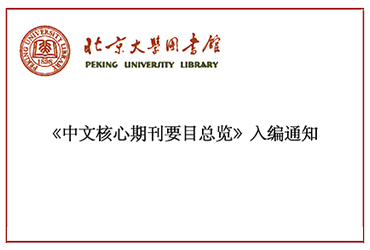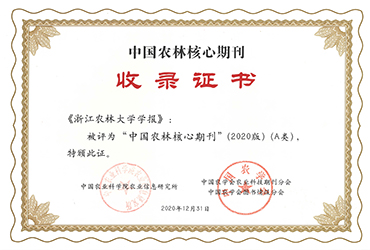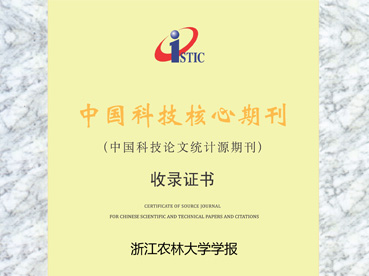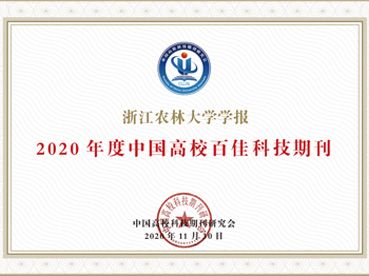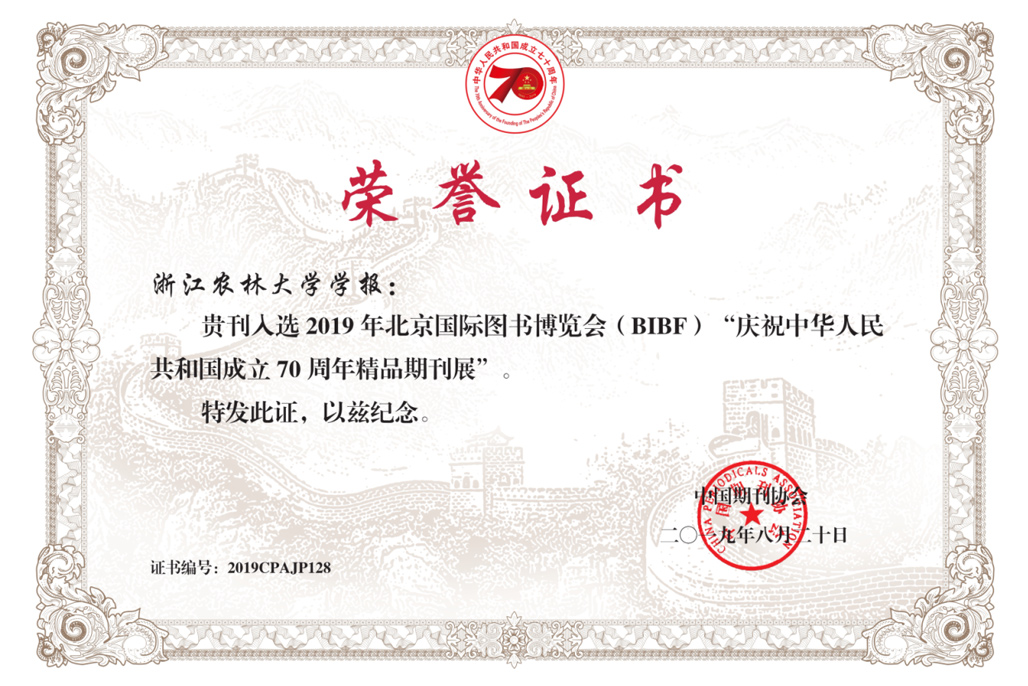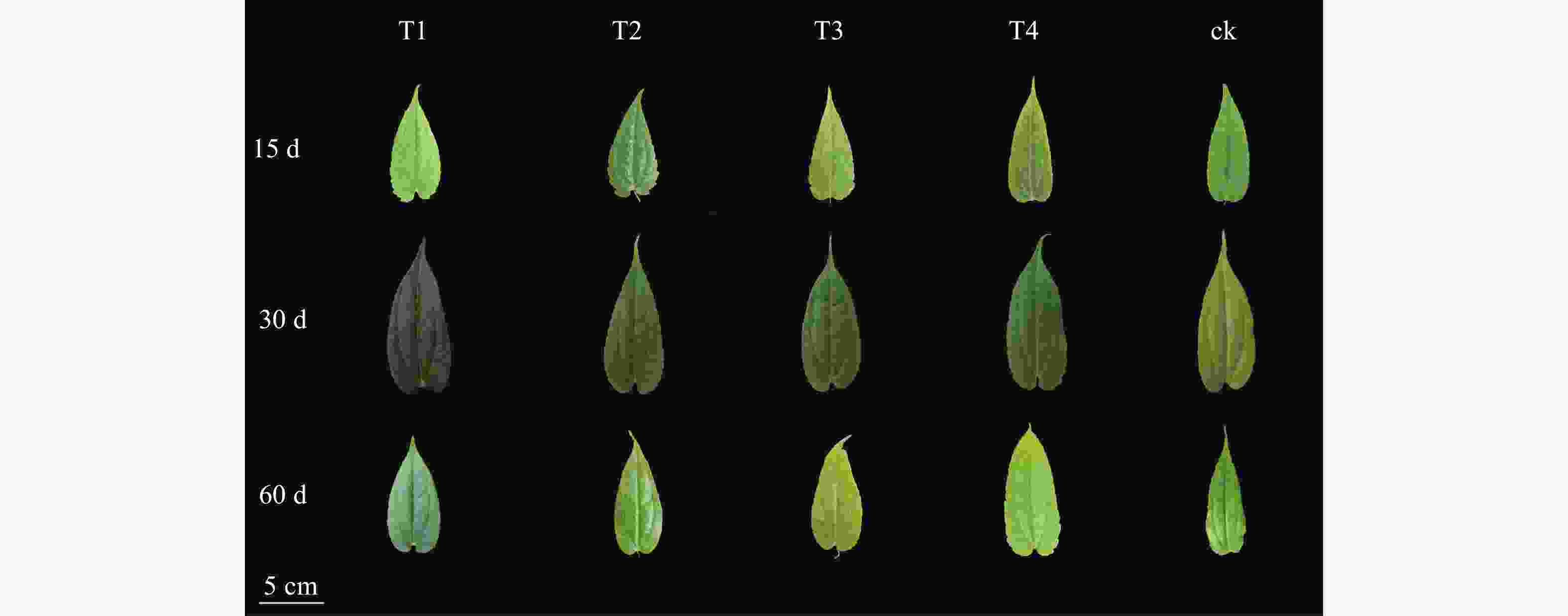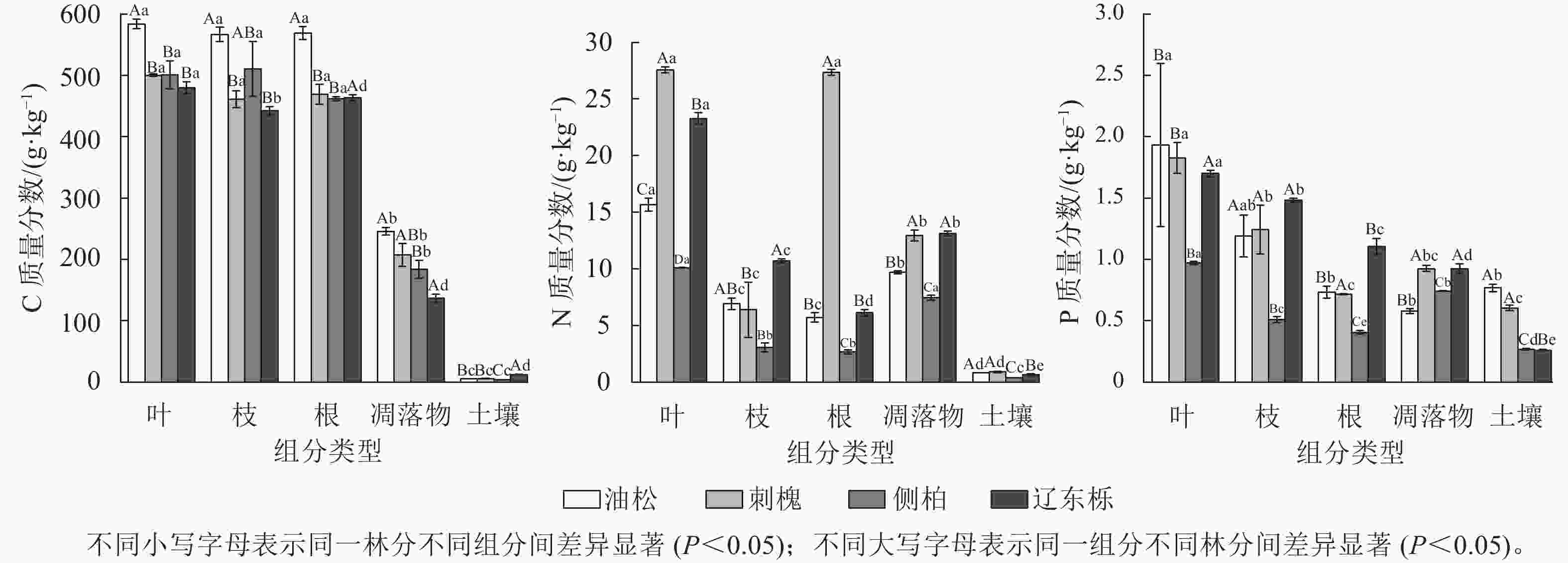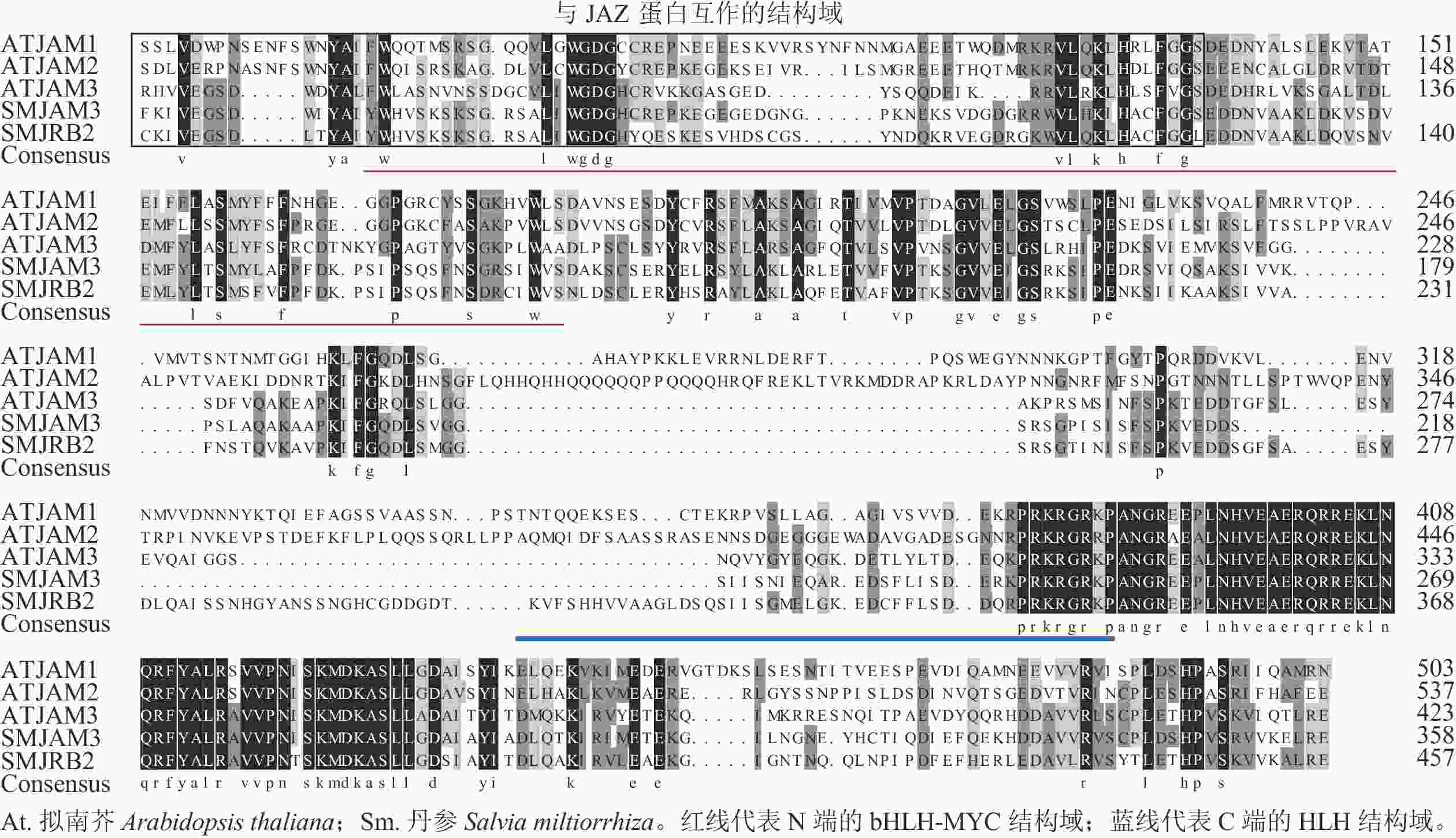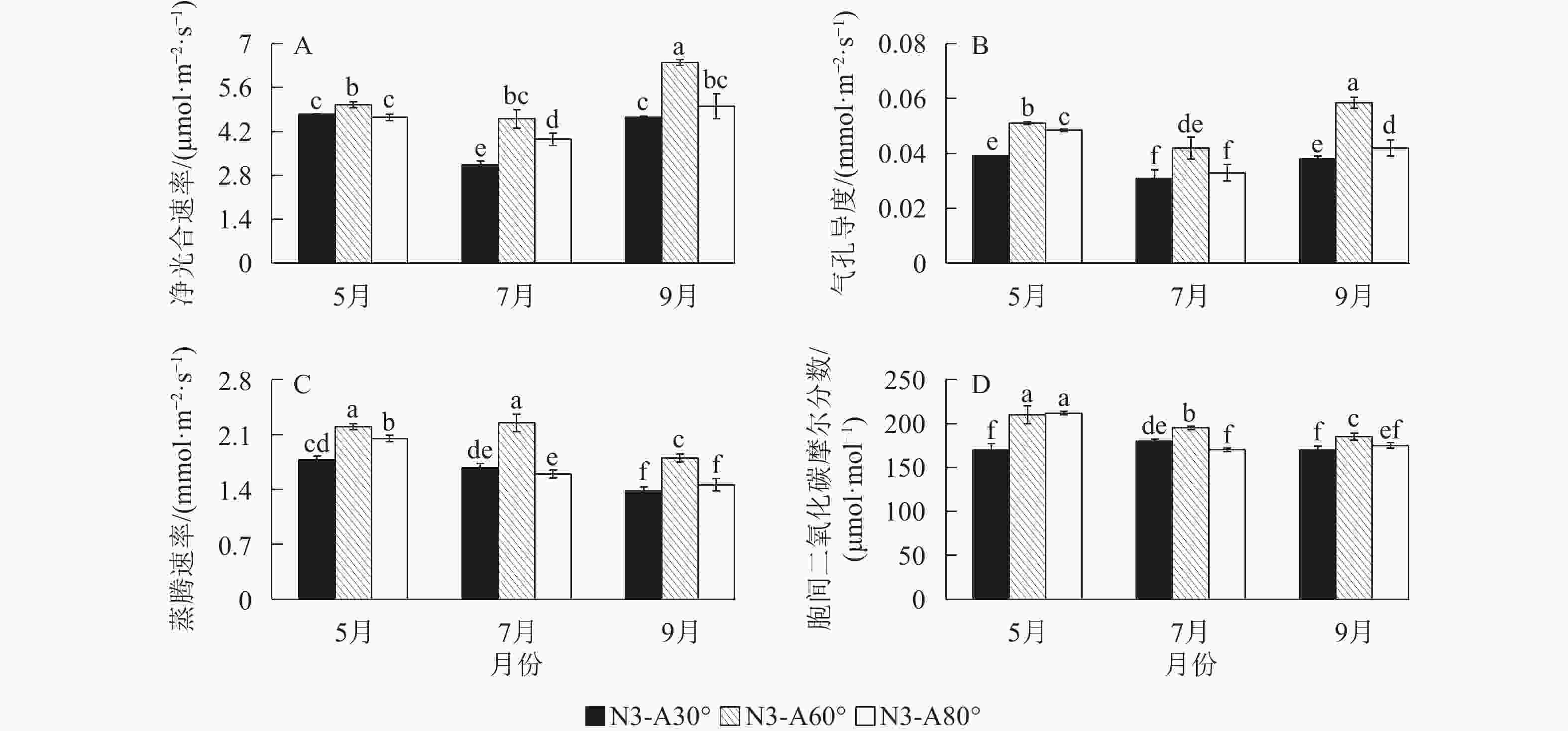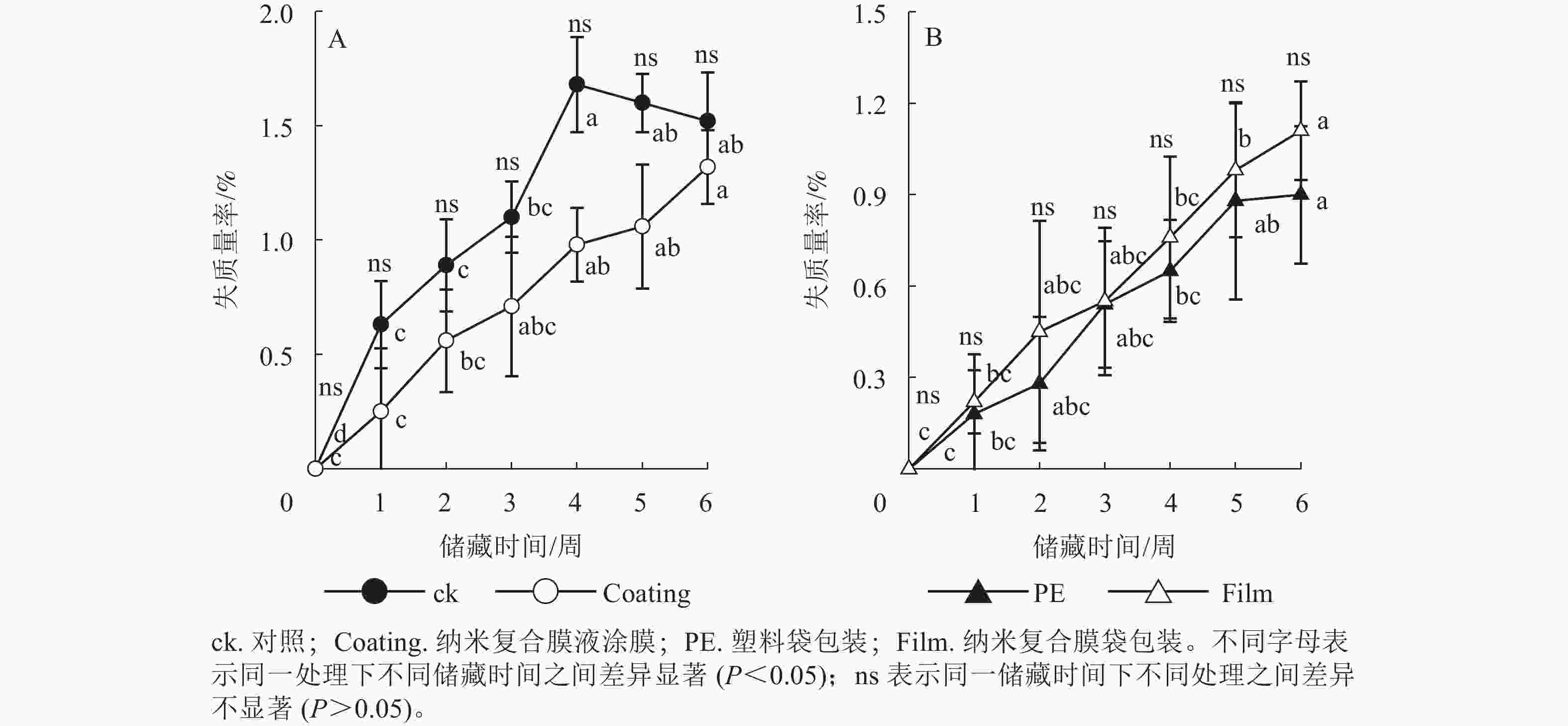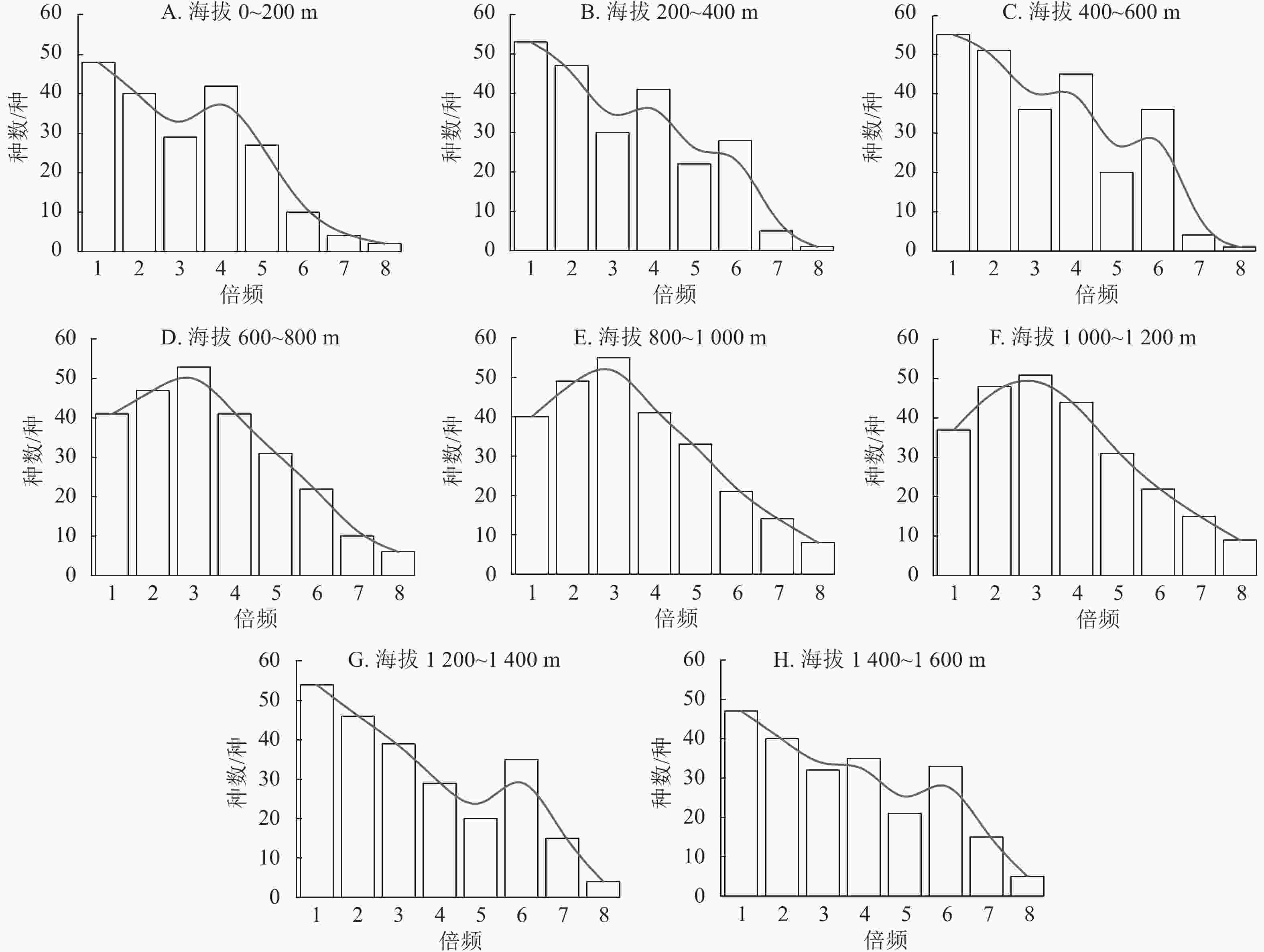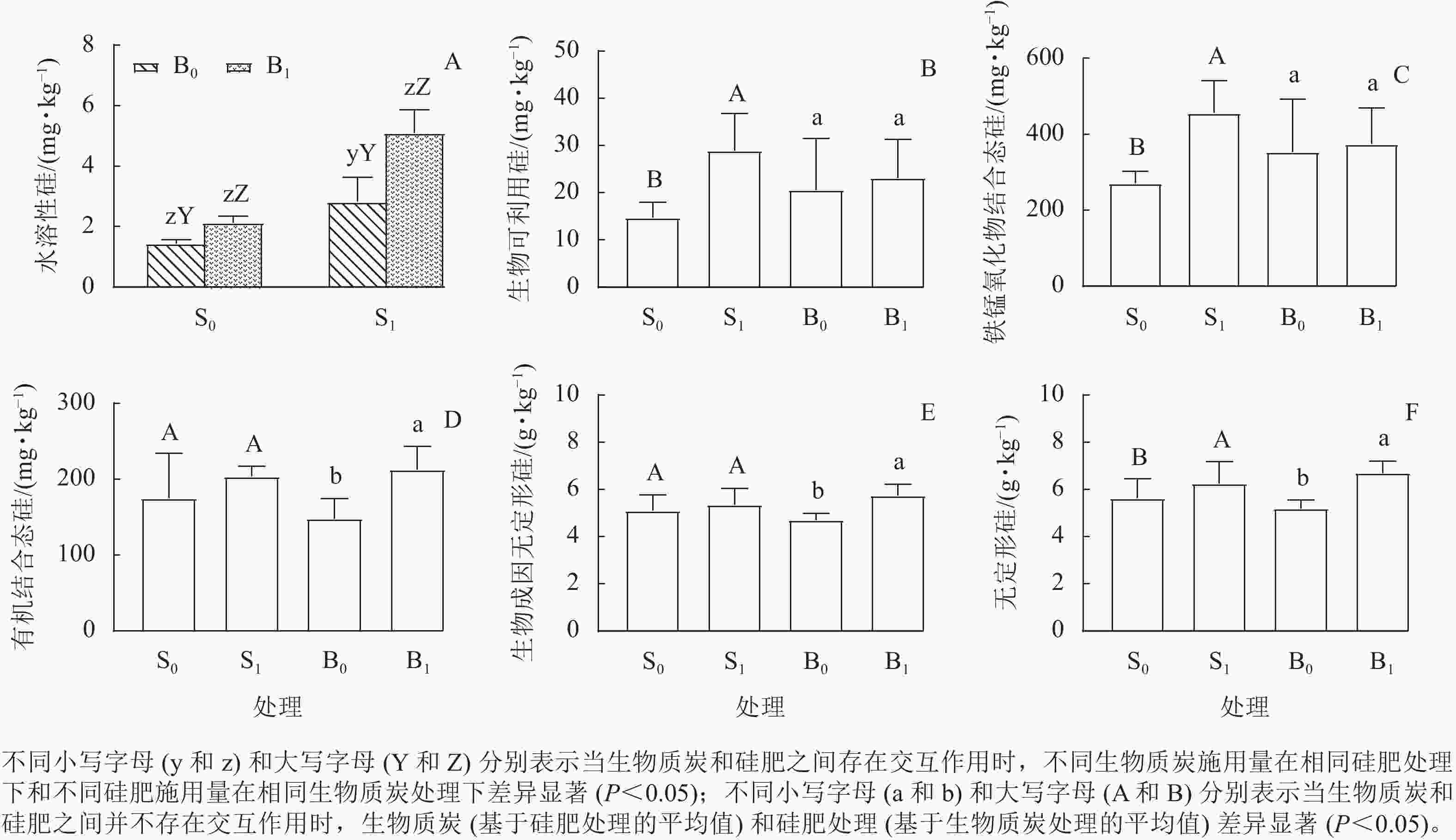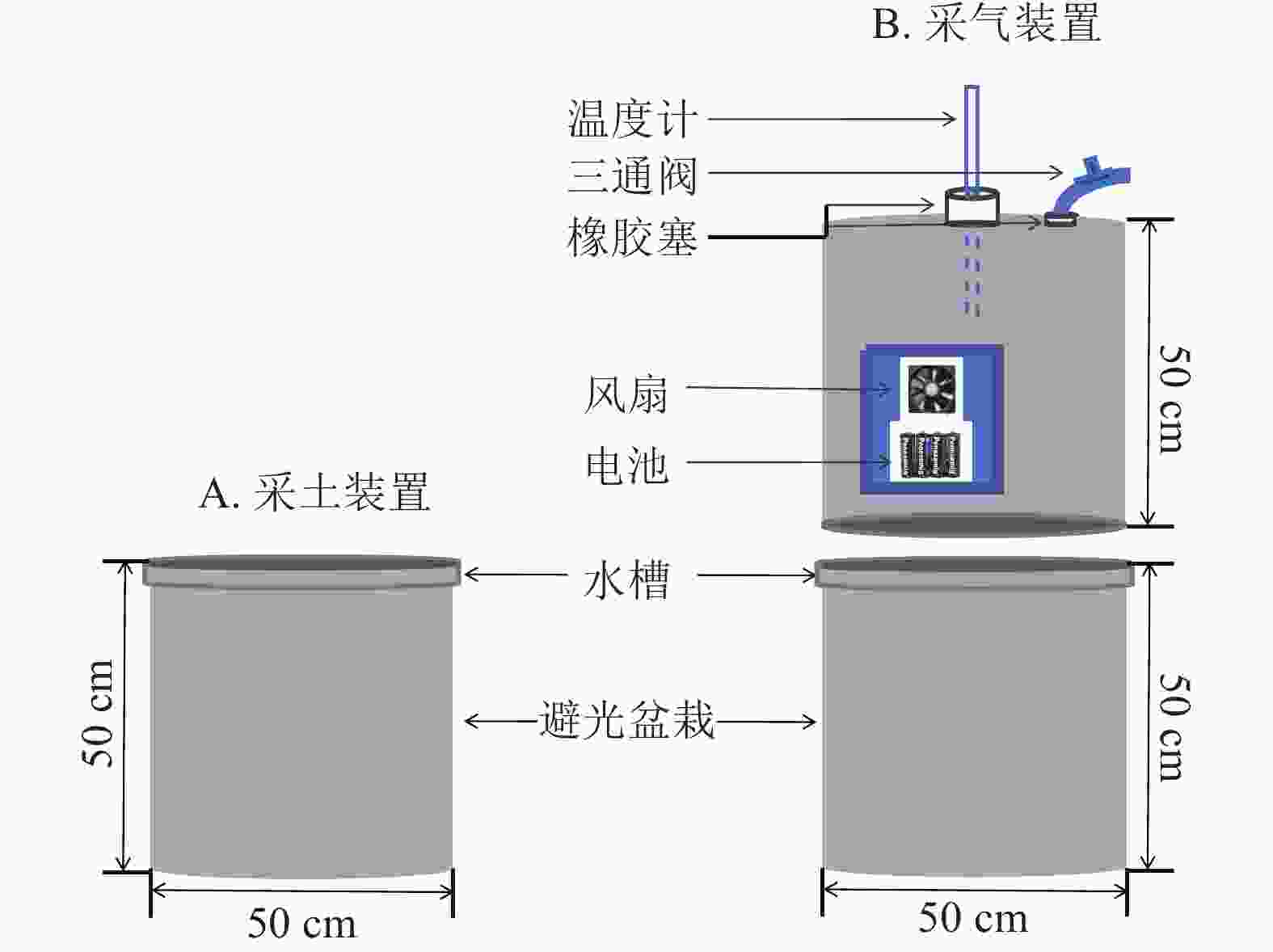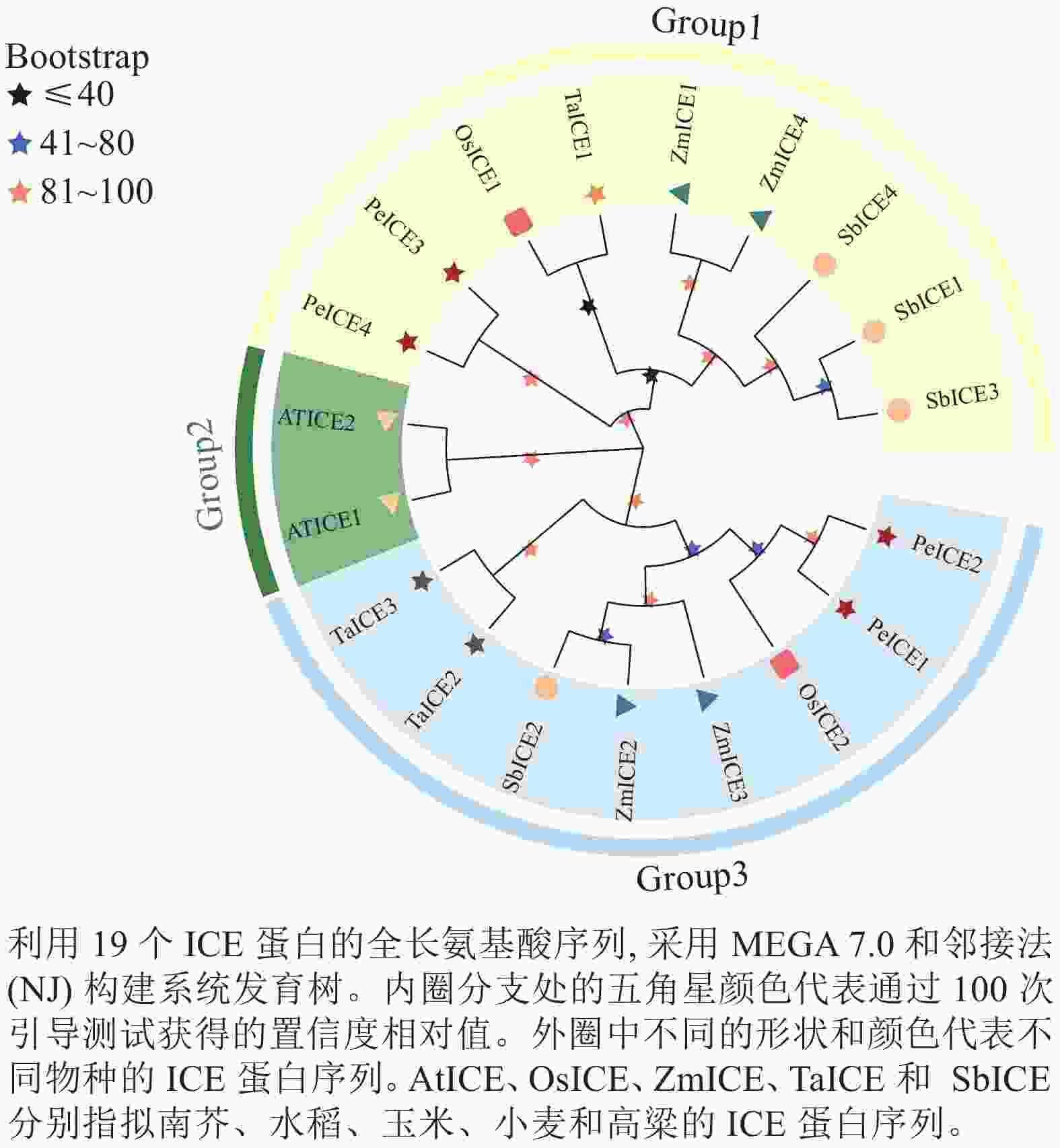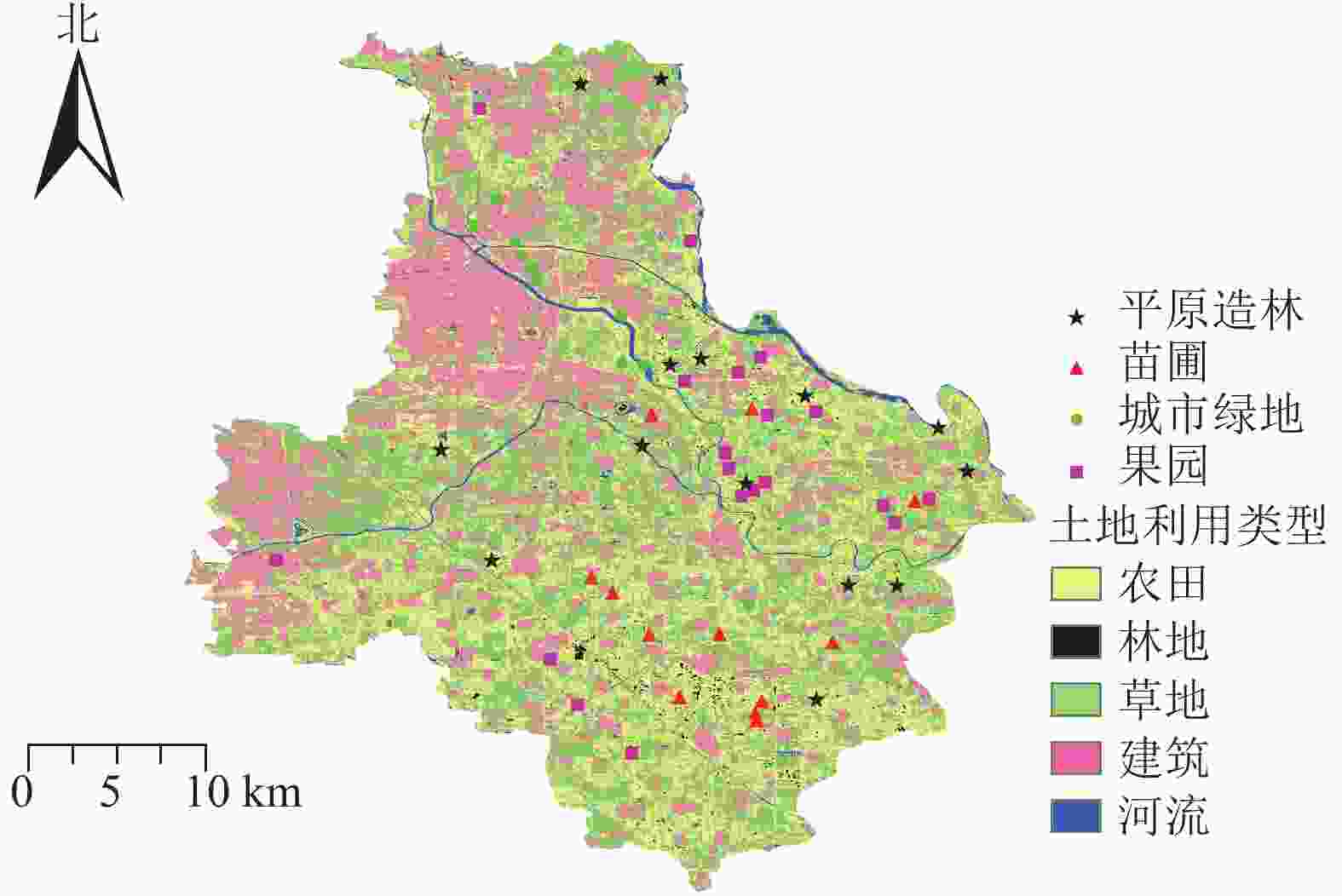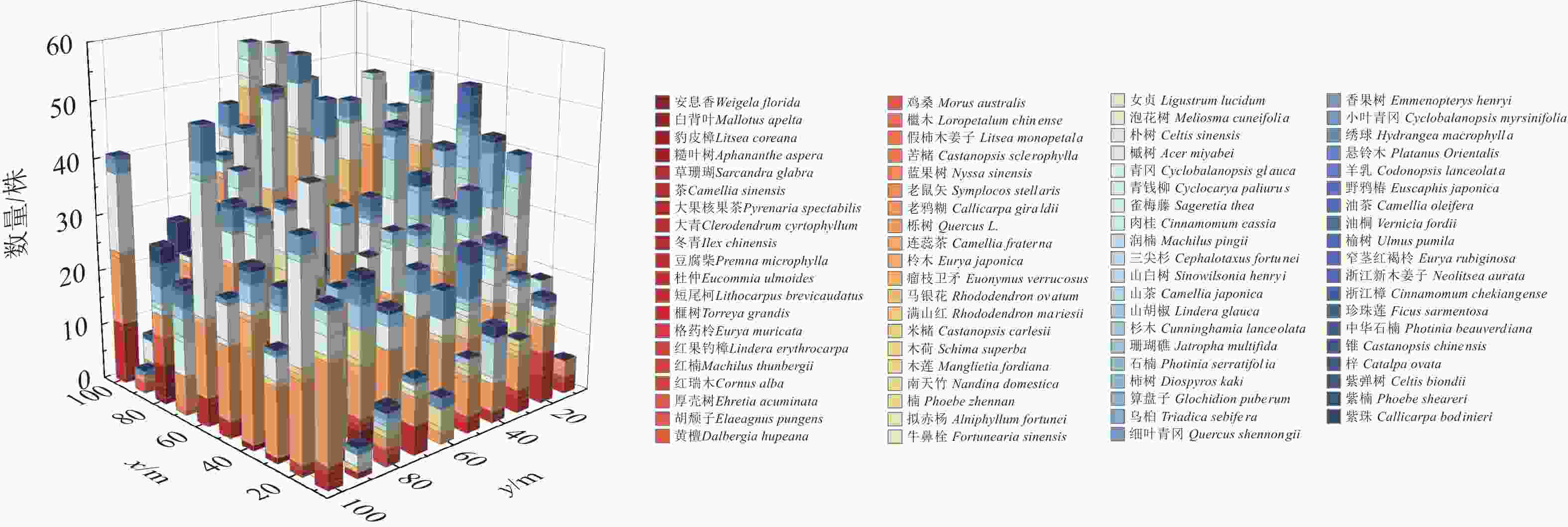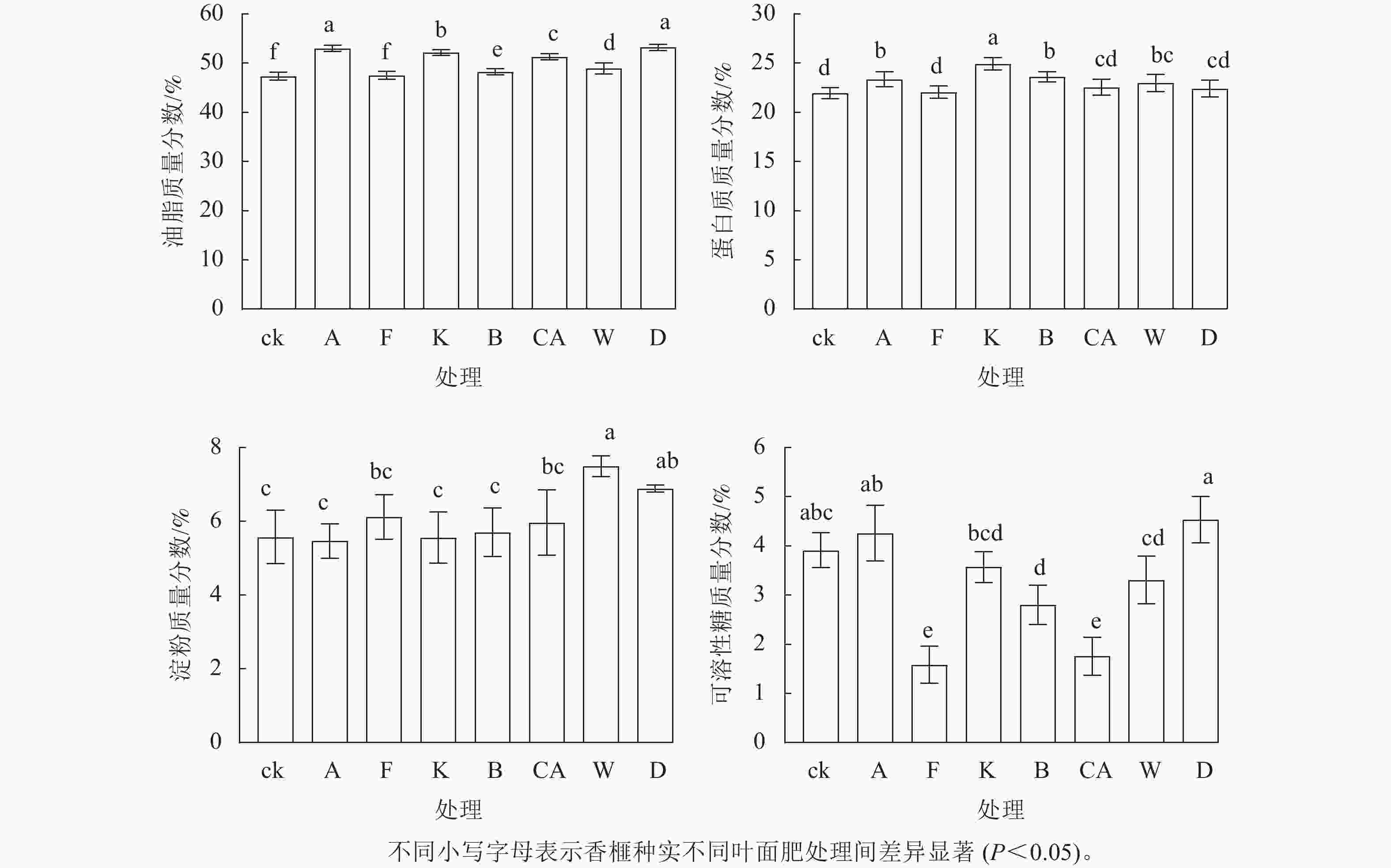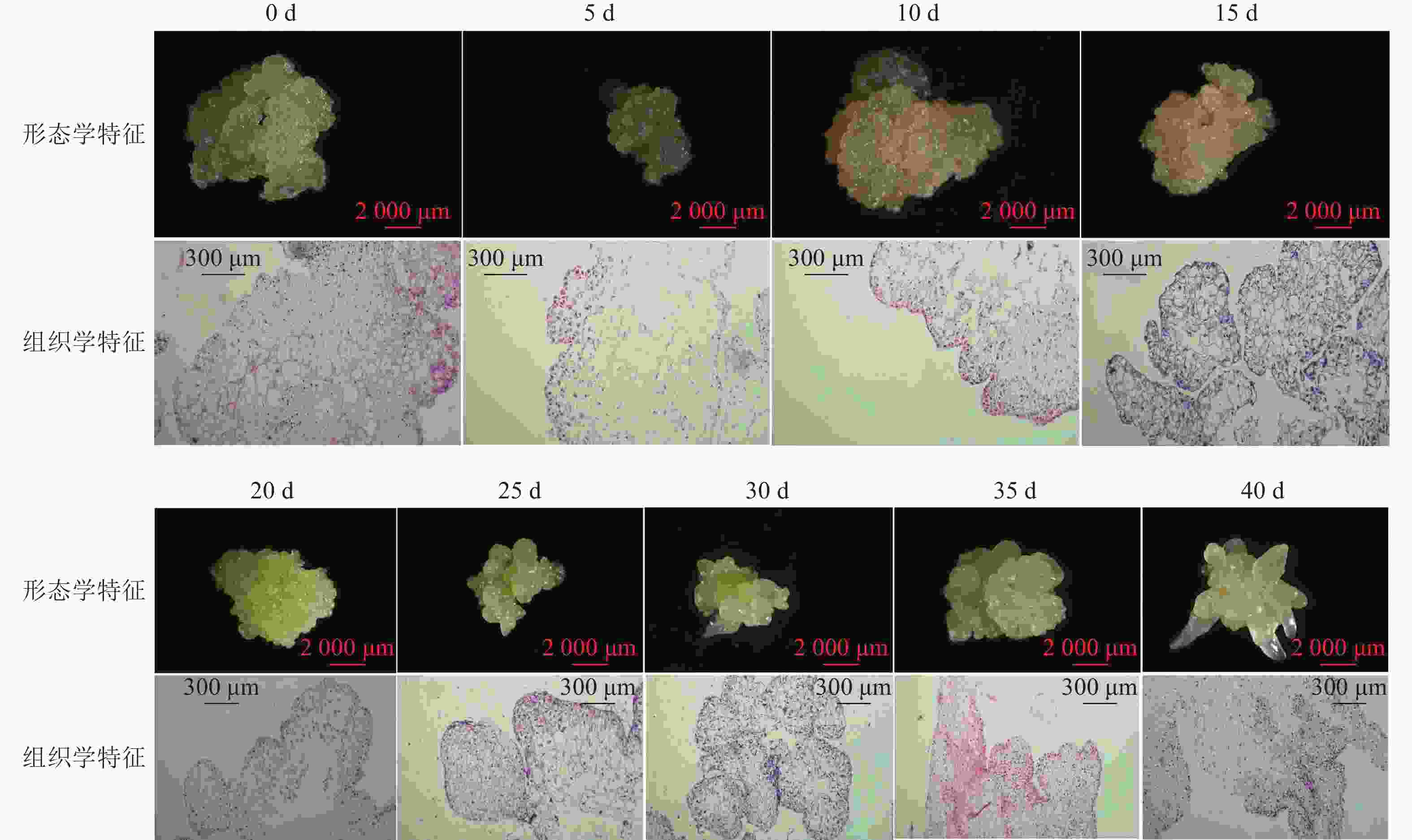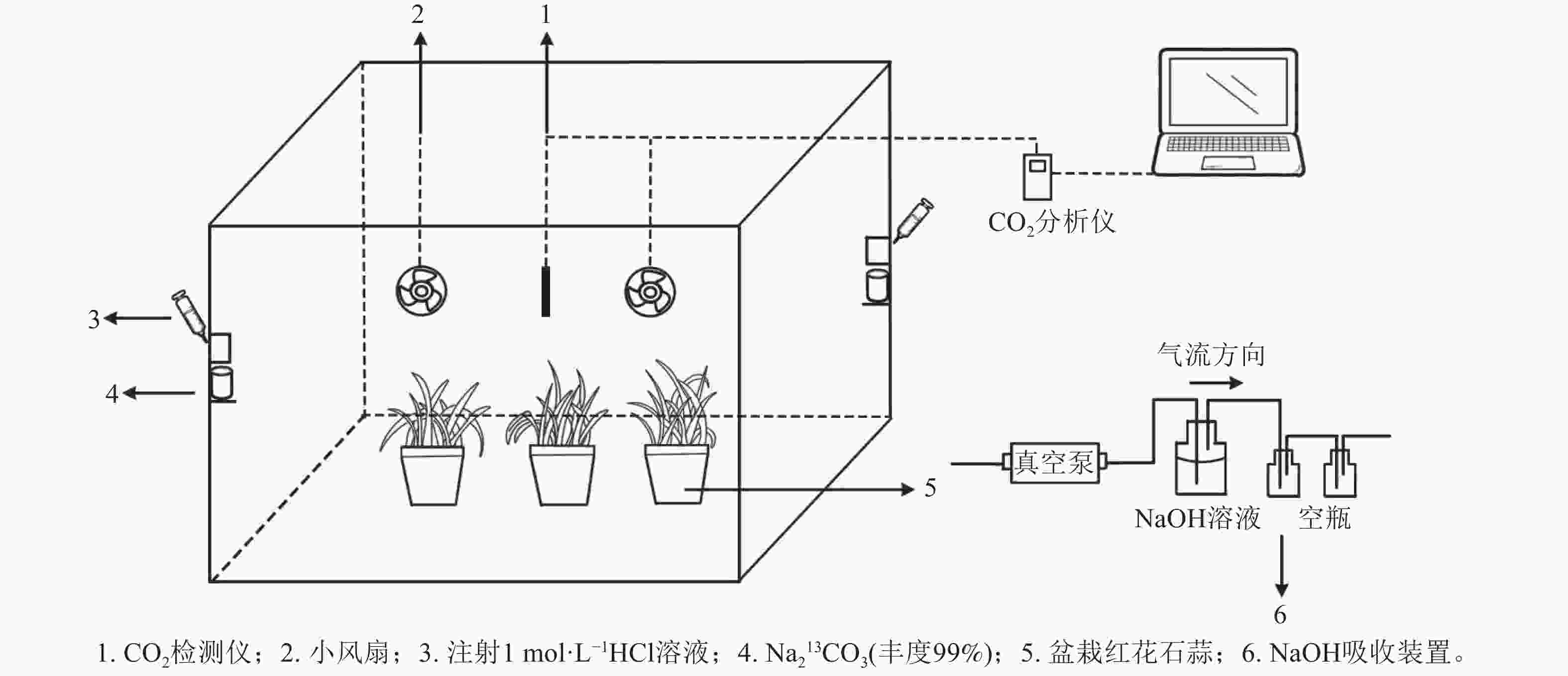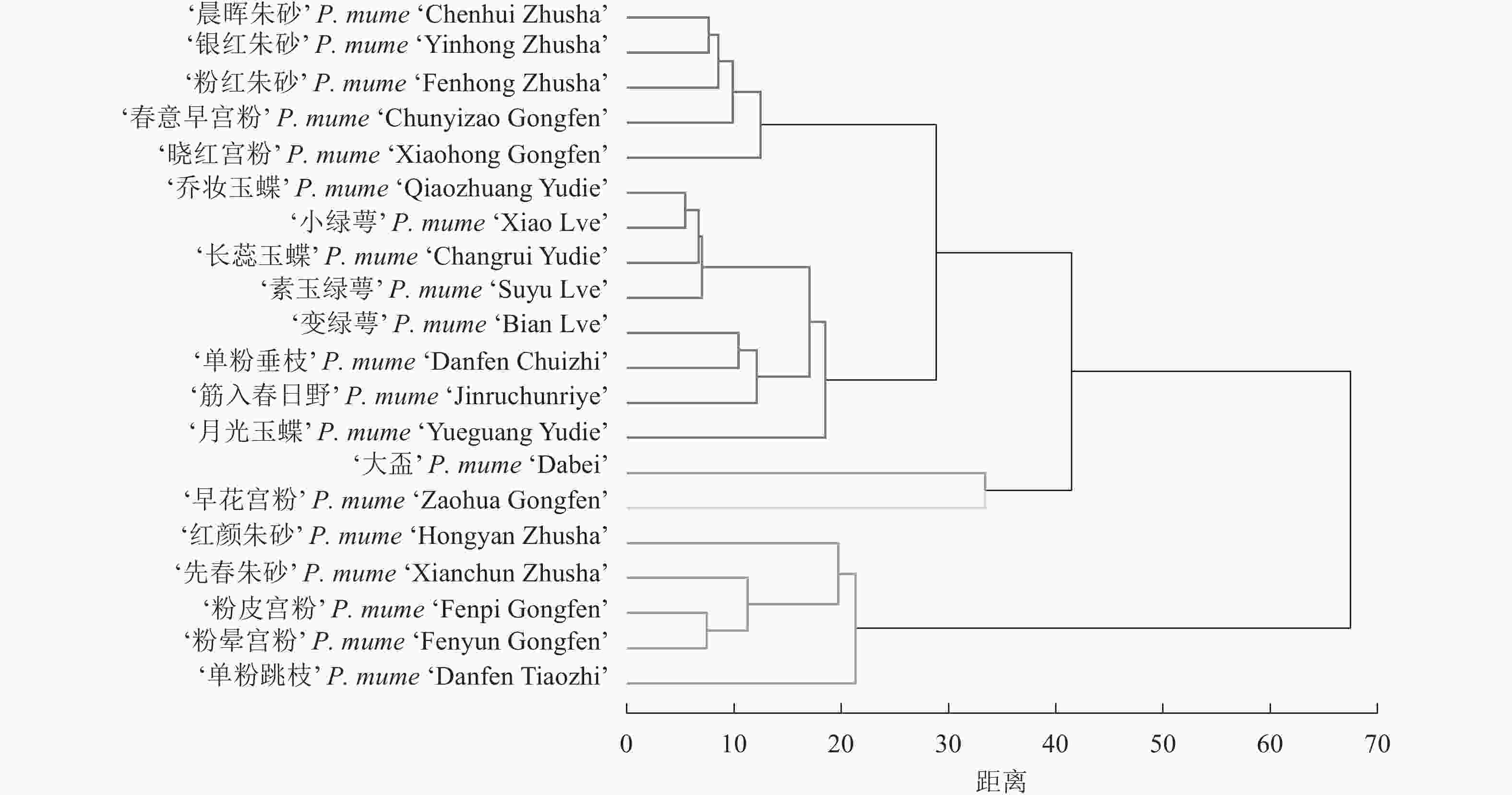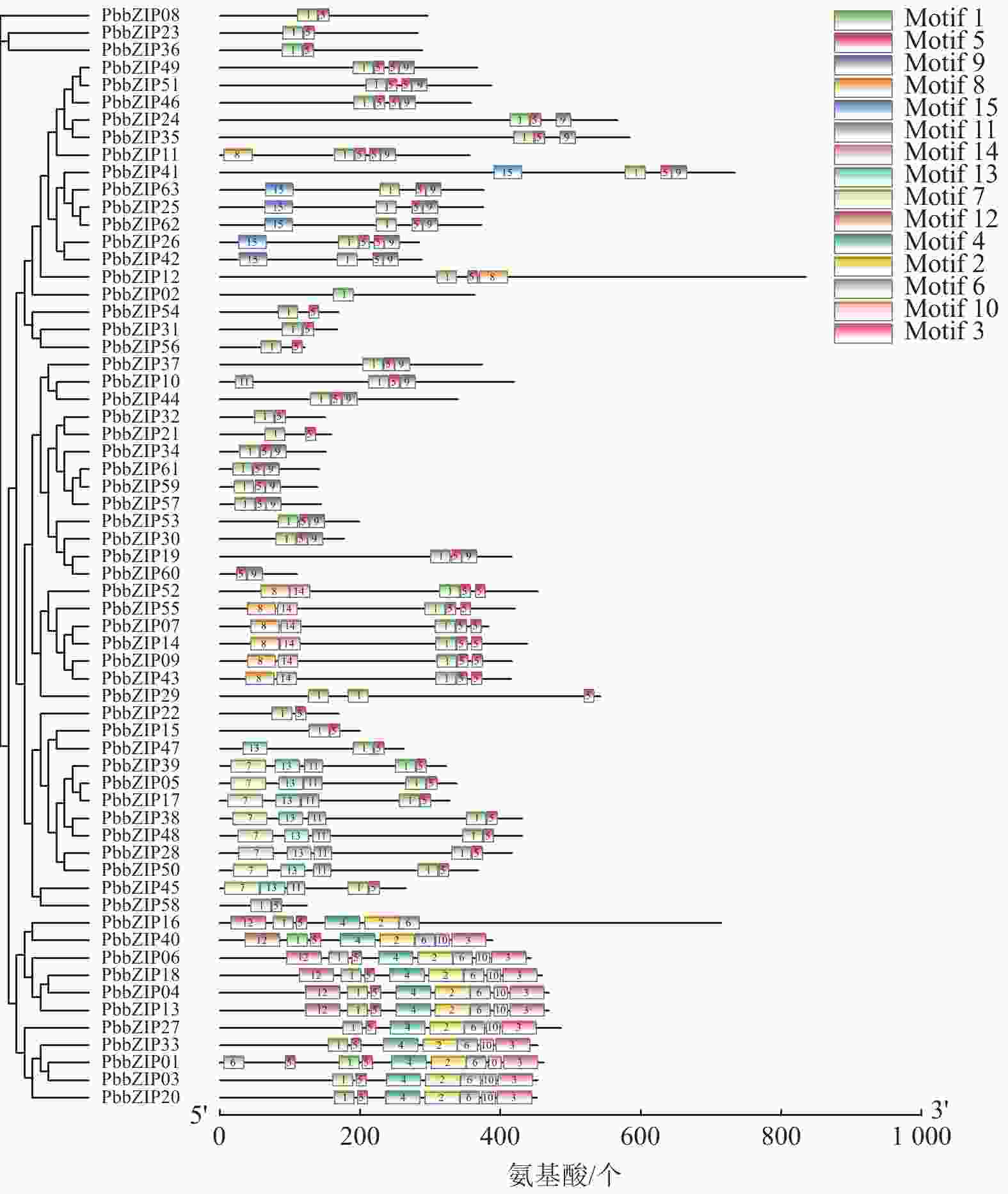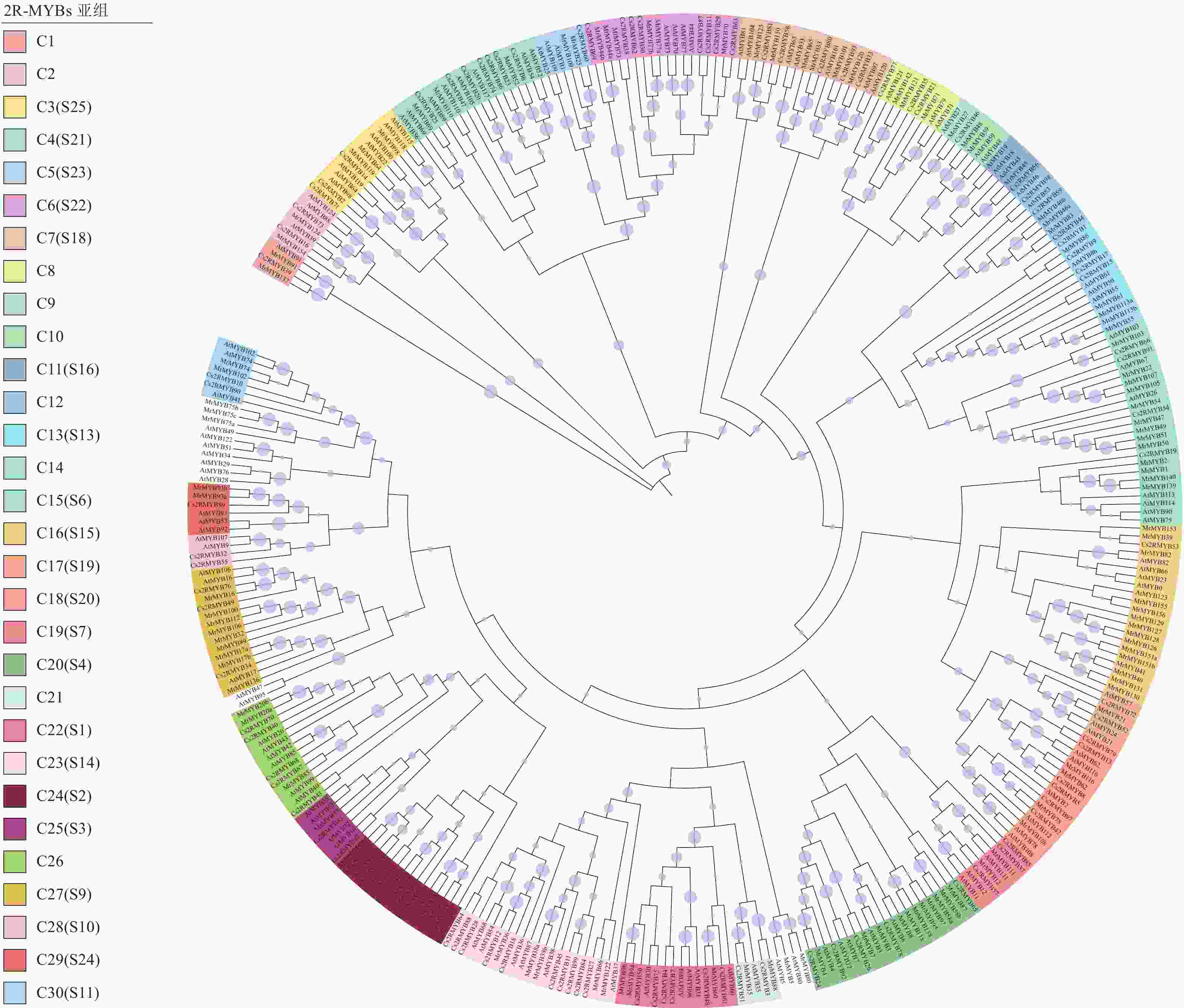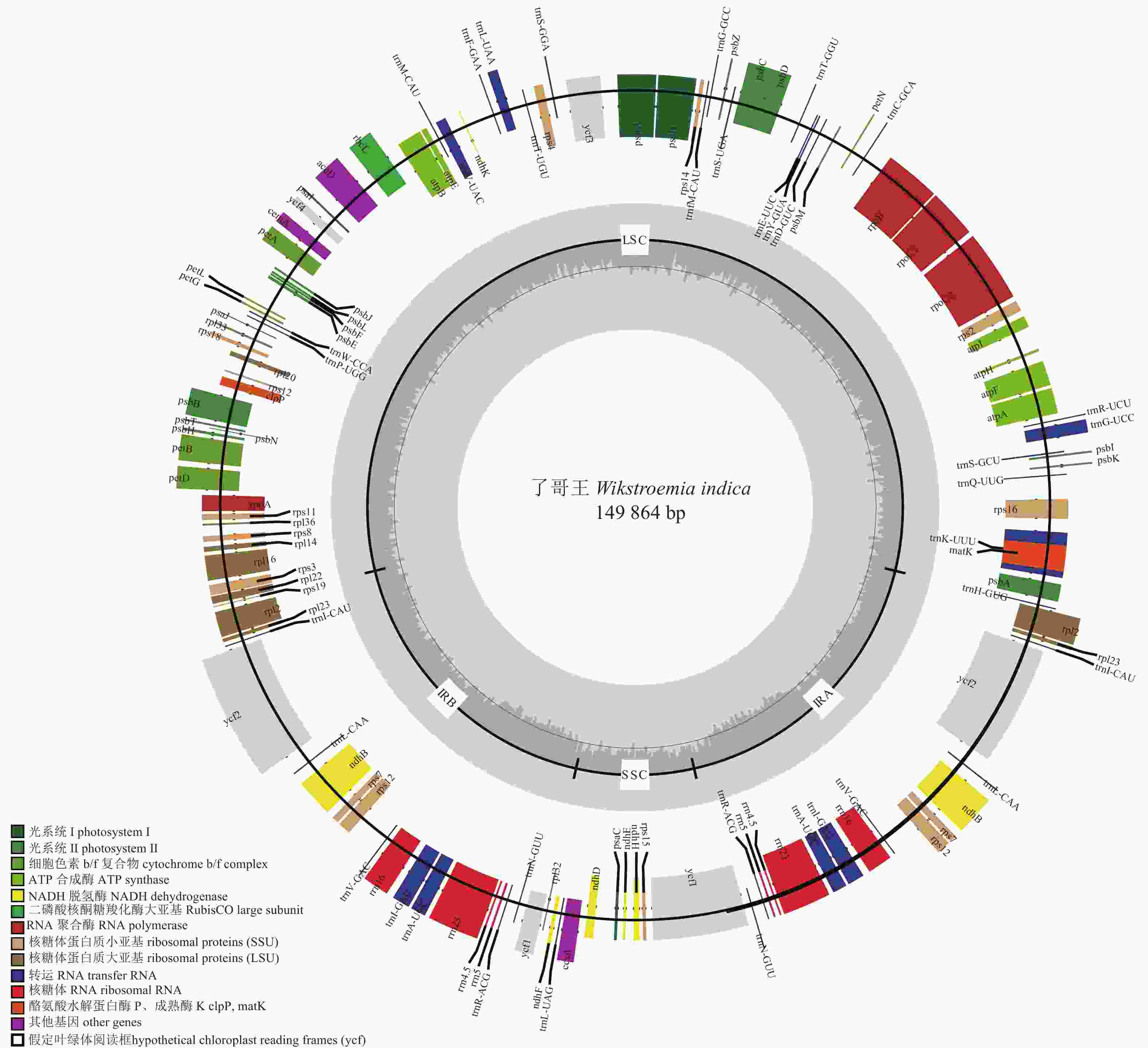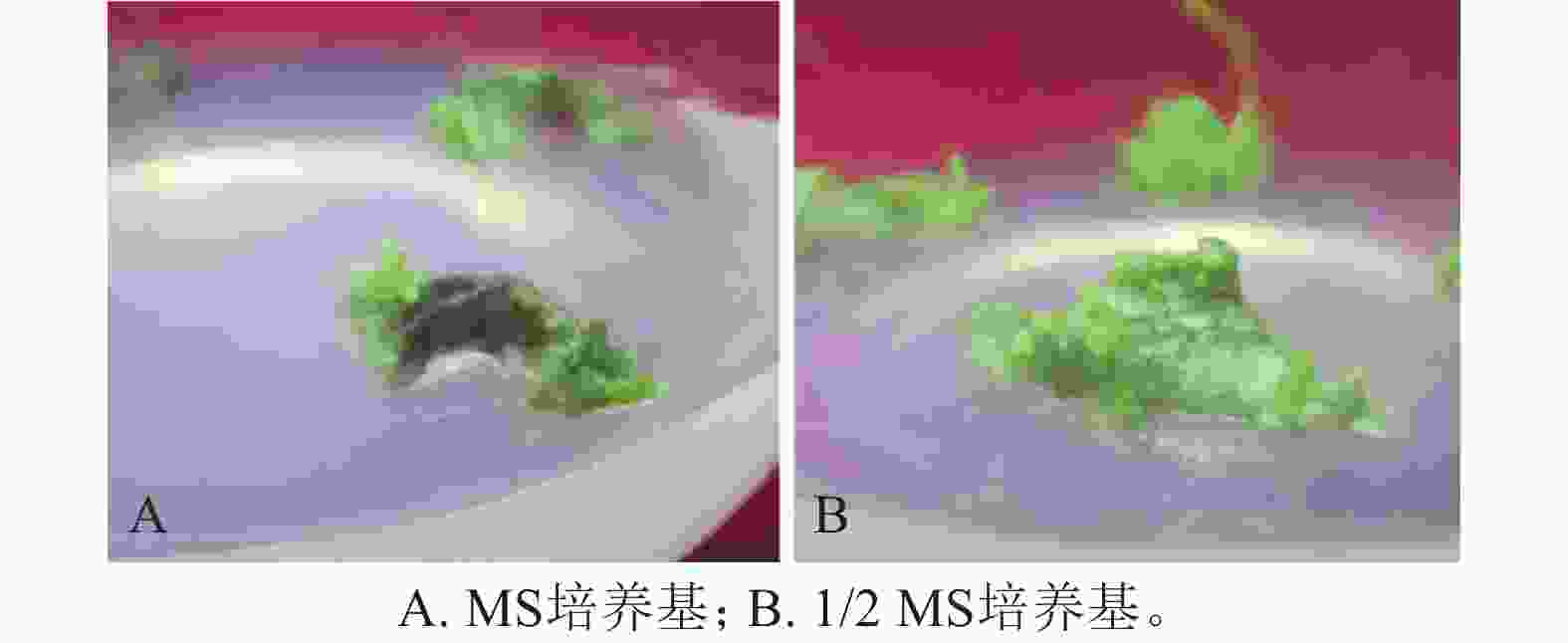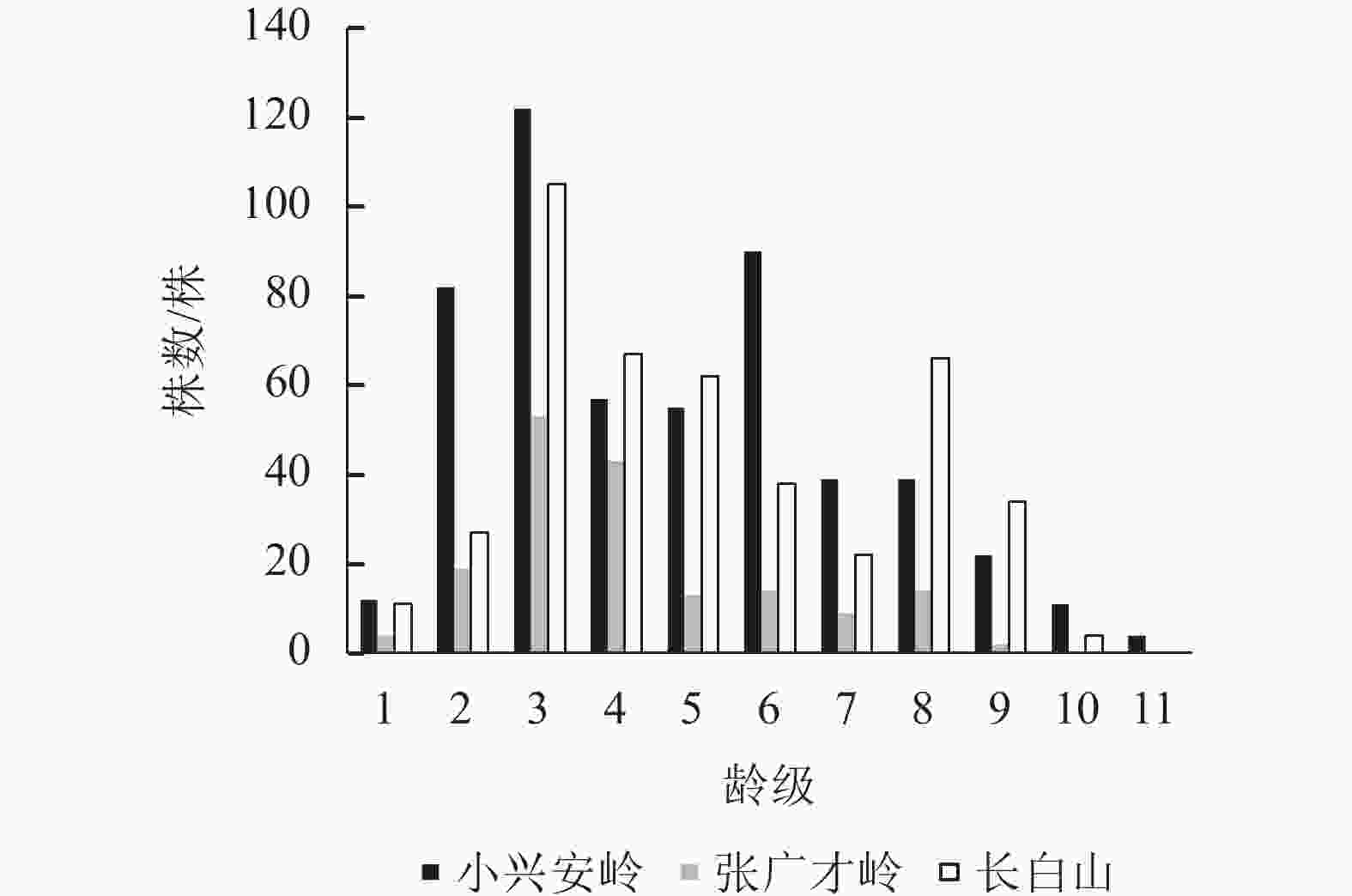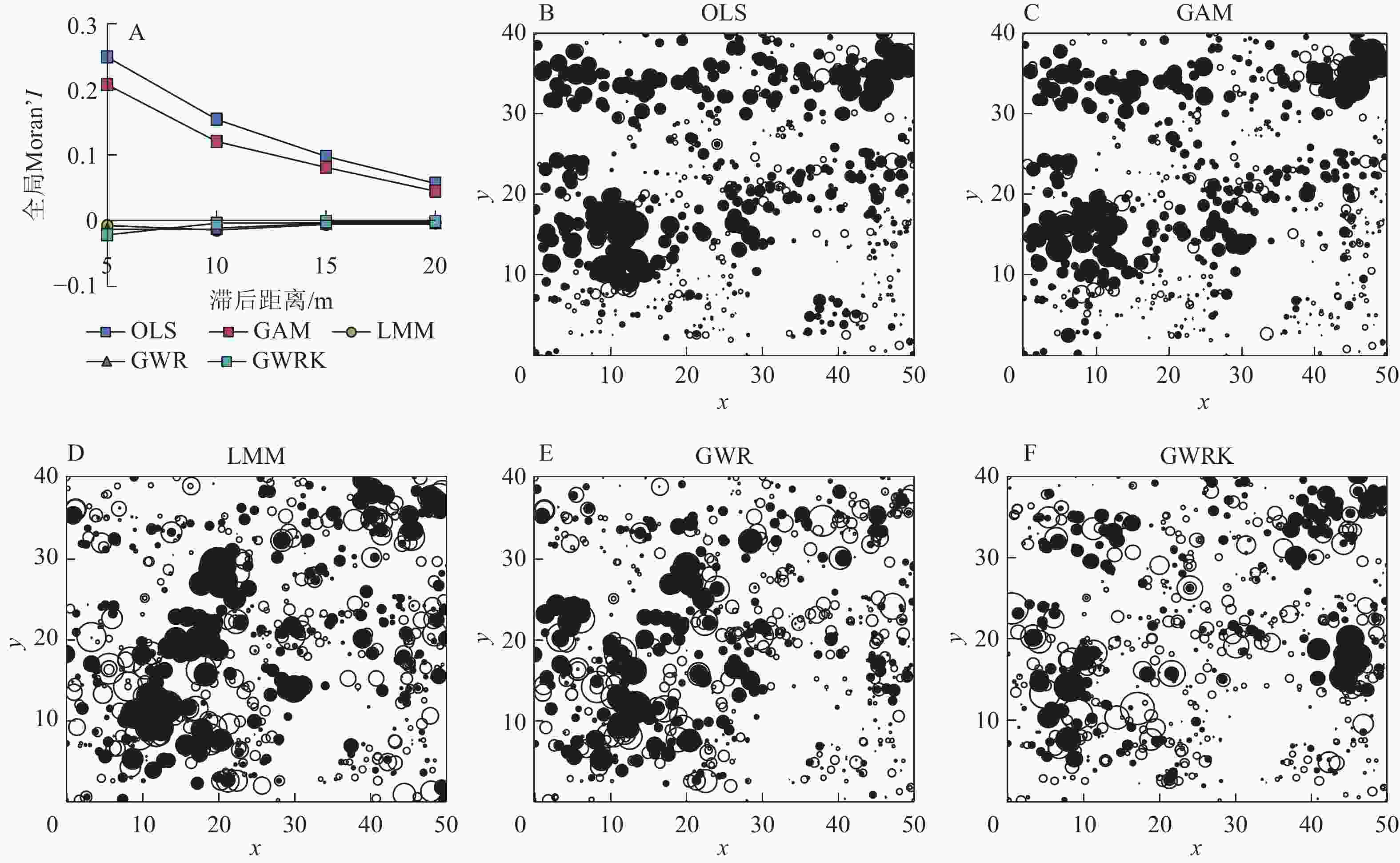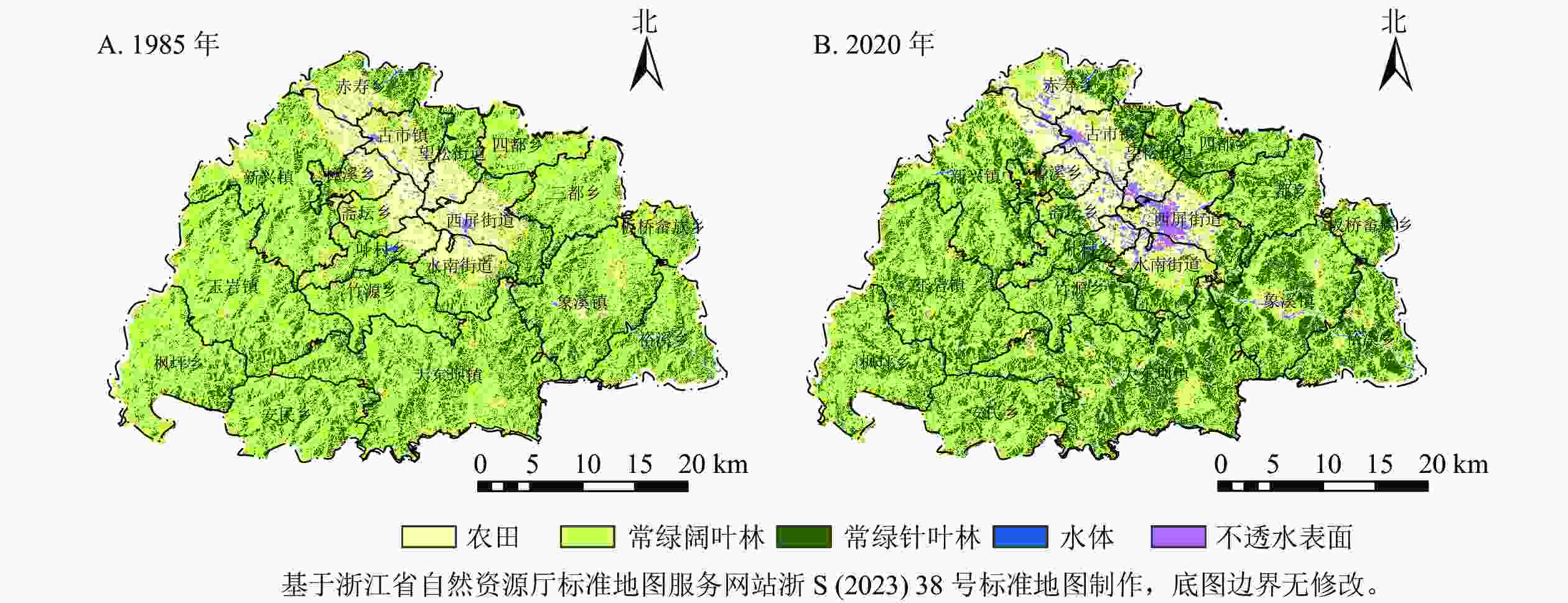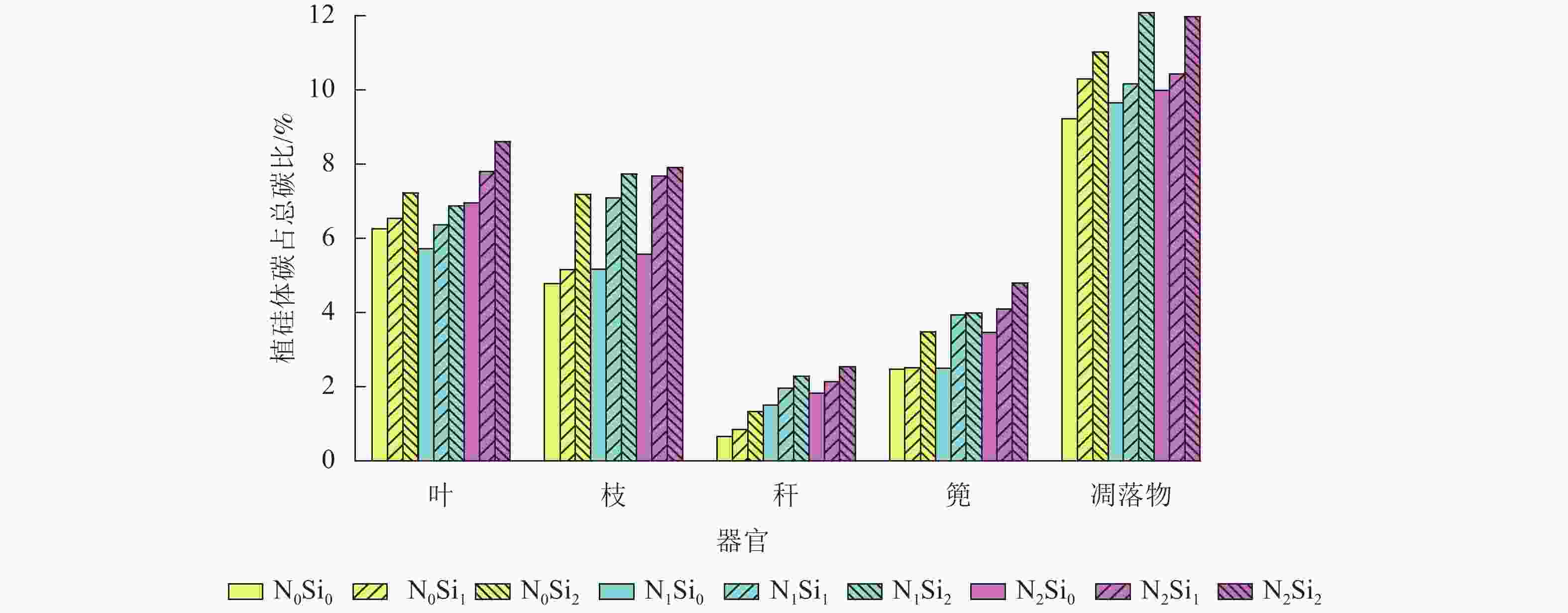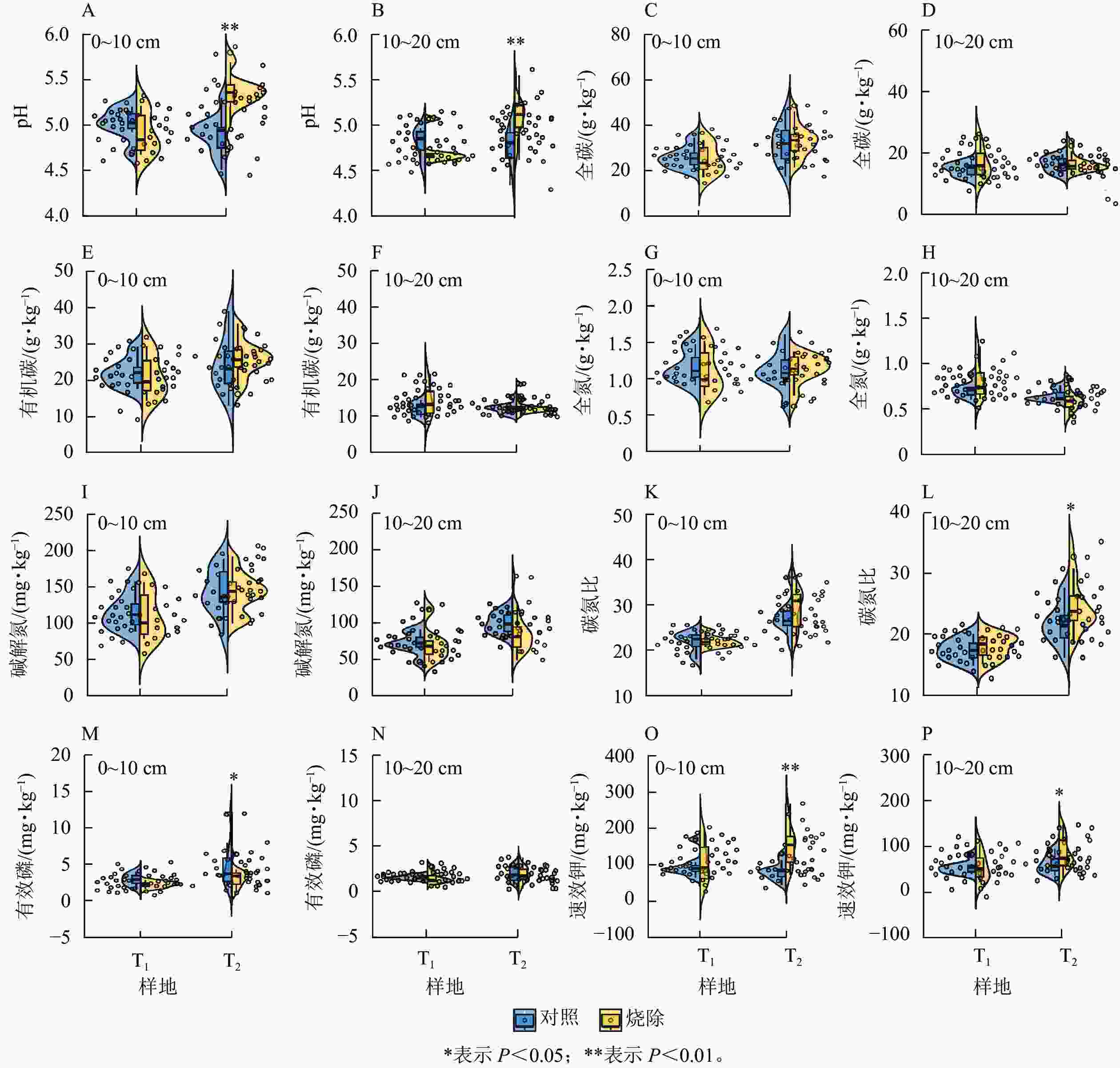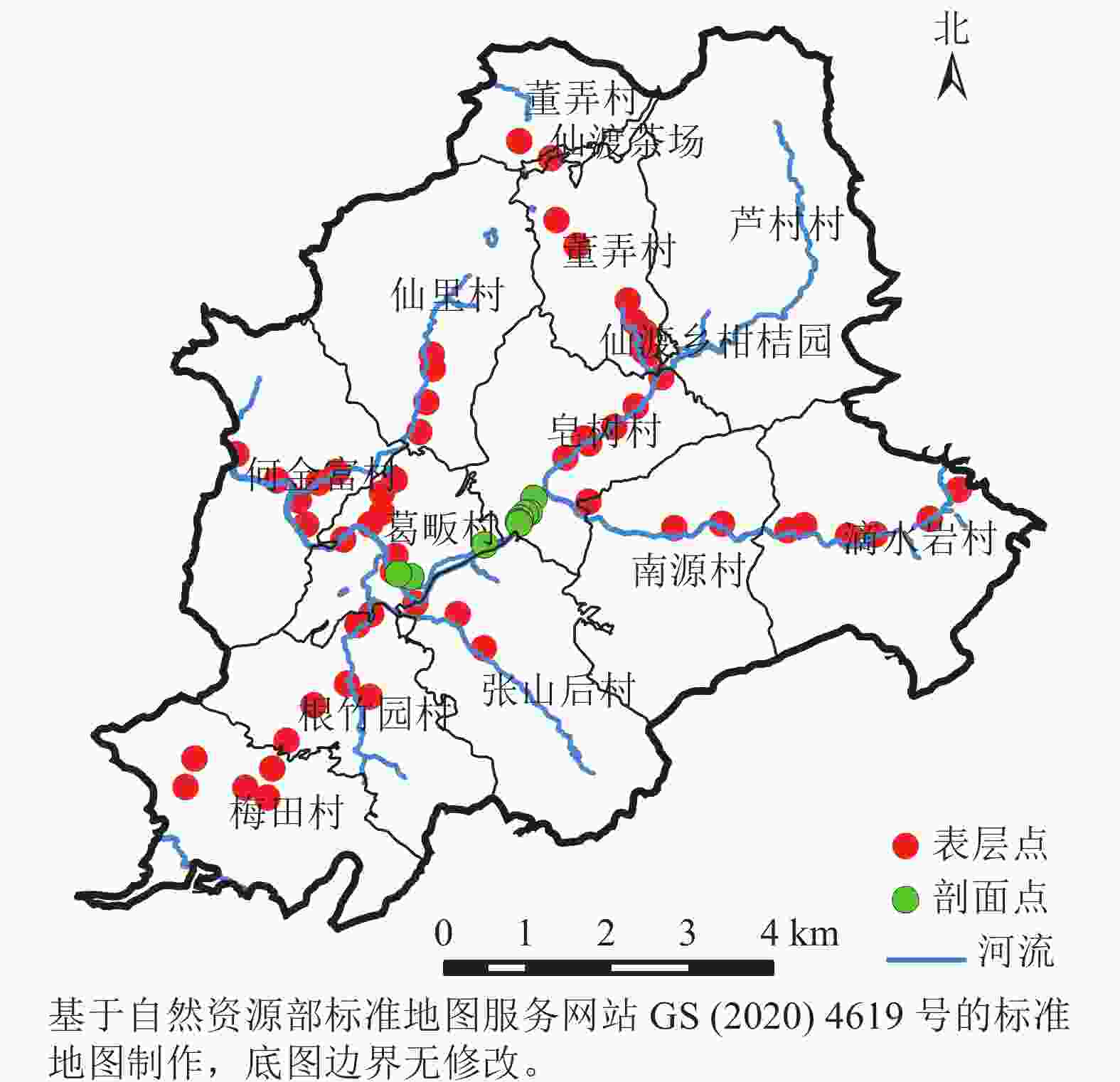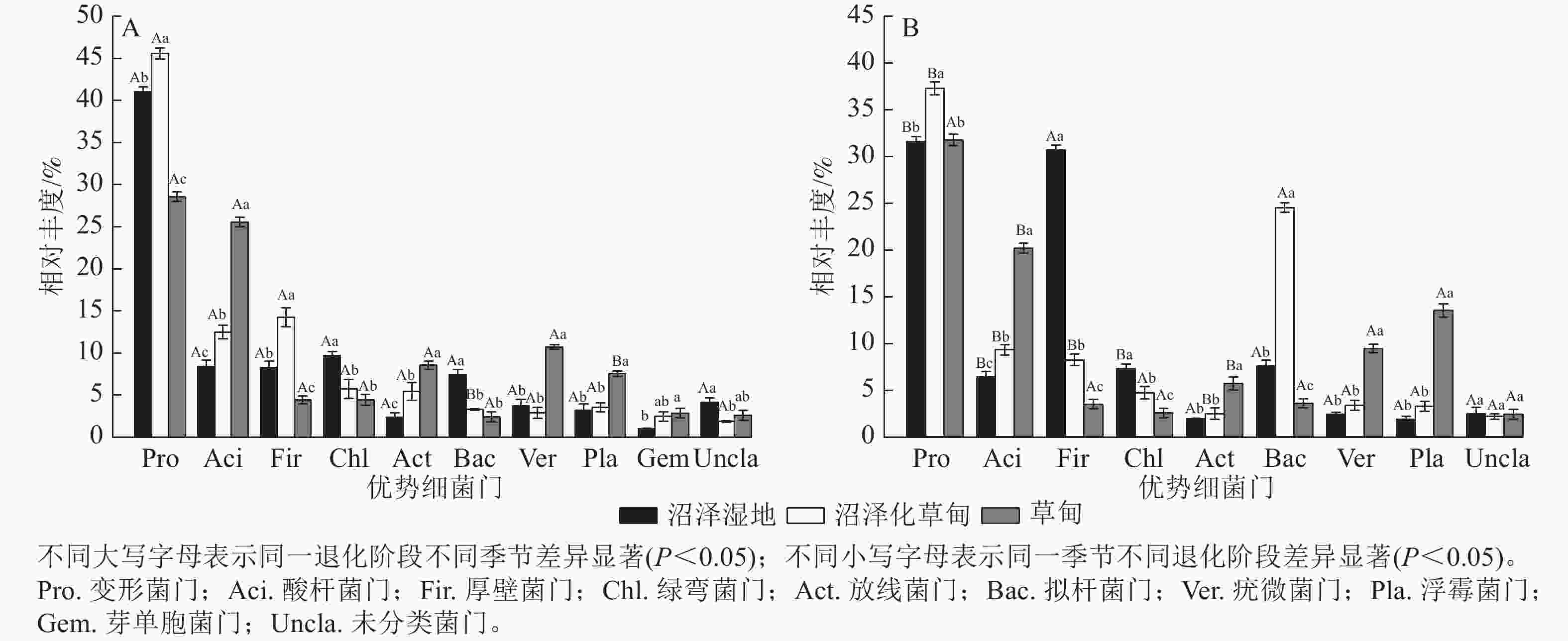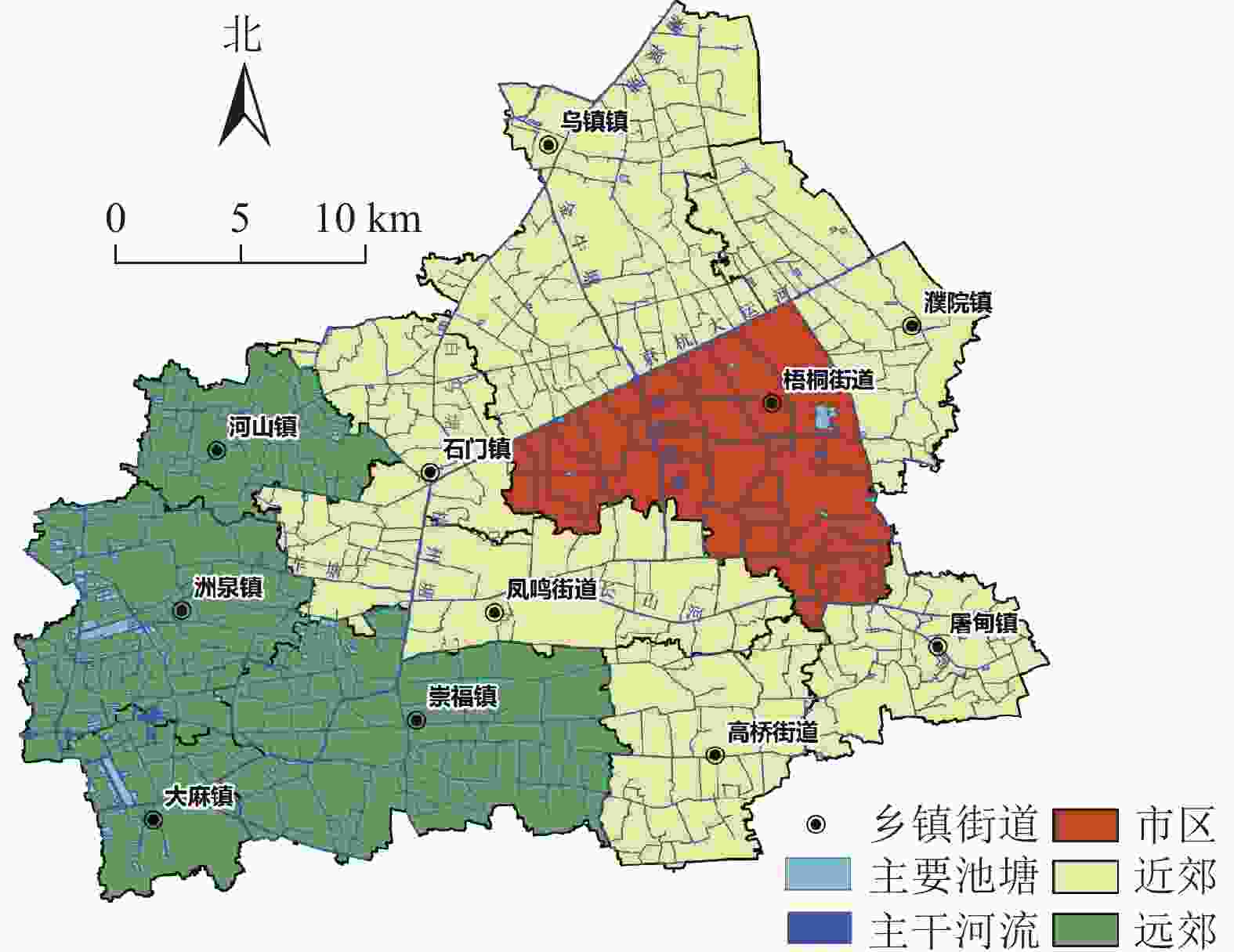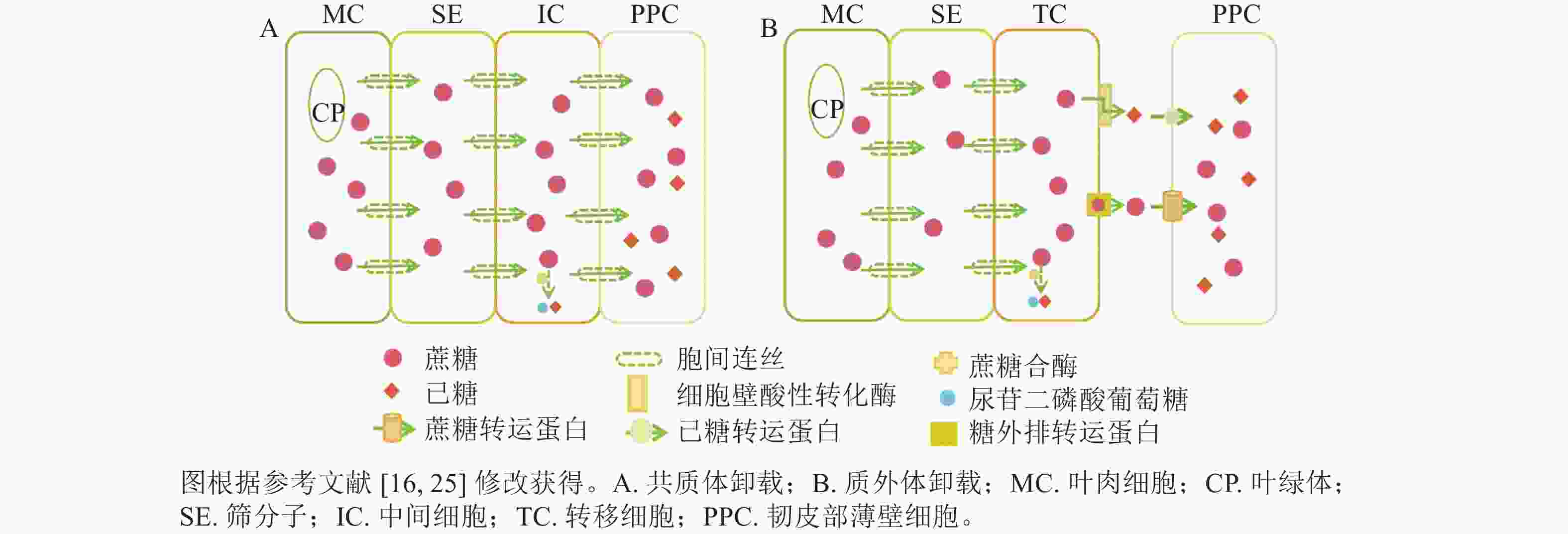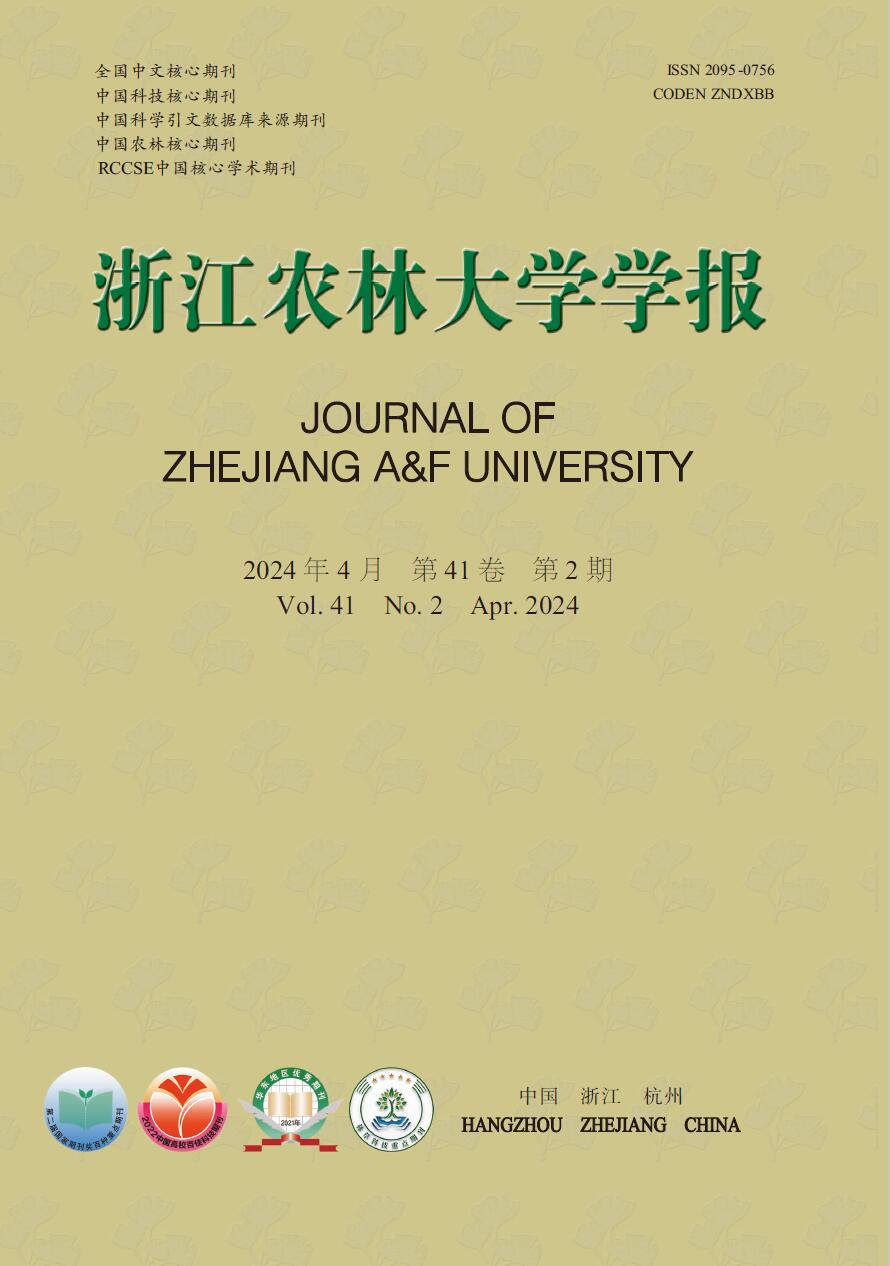In the context of global change, research on greenhouse gas emission and sink in forest soil, especially on the response of soil greenhouse gas emission in Phyllostachys edulis expansion forests, is increasing. This paper reviews the soil greenhouse gas response and mechanism in Ph. edulis expansion forest. Ph. edulis relies on its powerful bamboo whips to grow rapidly and continuously expand into the surrounding stands, completing its growth within a short time. Due to its unique reproductive mode and strong expansion ability, many adjacent native forests are invaded by Ph. edulis expansion to form mixed forests, which gradually evolve into pure Ph. edulis forests. The expansion of Ph. edulis has an increasing impact on the native ecosystem, changing the material cycling process of the ecosystem, leading to an imbalance in soil carbon and nitrogen input and transformation, and thus affecting greenhouse gas emissions. Nitrous oxide (N2O) and carbon dioxide (CO2) are two important greenhouse gases. Soil is an important carbon and nitrogen pool related to CO2 and N2O emissions. Soil physiochemical properties, litter decomposition and soil microbial community structure jointly determine soil greenhouse gas emissions. In recent years, the expansion area of Ph. edulis has been increasing, resulting in continuous changes in the soil environment in the expansion area, which has affected N2O and CO2 emissions to a certain extent. The results showed that after Ph. edulis expansion, soil pH increased, litter decomposition rate accelerated, and soil carbon and nitrogen increased. Ph. edulis expansion promoted soil CO2 emission, increased the abundance of soil arbuscular mycorrhizal fungi (AMF) in the expanded forest and affected nitrification and denitrification by regulating the abundance of N2O related functional genes such as amoA in ammonia-oxidizing archaea (AOA), nitrite reductase gene (nirK) and nitrous oxide reductase gene (nosZ), thereby further affecting soil N2O emissions. Future research should further explore its internal mechanism to provide theoretical support for the scientific management of Ph. edulis expansion forest and greenhouse gas emission reduction. [Ch, 79 ref.]
The vascular cambium is located between the xylem and phloem, which is responsible for many growth and development processes, and also plays an important role in wood production. In simulating cambium growth and potential molecular processes, deep imaging combined with gene expression analysis is a cutting-edge research direction, and mathematical modeling and simulation combined with real-time imaging have important application prospects. Based on this technique, some representative achievements at the molecular level of cambium activity are summarized, and the future research prospects are proposed. At present, molecular studies on cambium activity in plants mainly focus on: (1) cambium activity is regulated by plant hormone signaling; (2) cambium activity is regulated by transcription factors and peptide receptor signaling; (3) cambium activity is regulated by receptor kinase signals peptide receptor signaling. The main conclusions are that WOX4, WOX14, HB4, HB7, HB8 and ANT positively regulate the activities of tree cambium and can be used as the first choice for transgenic wood roughening breeding. In the future, the analysis of cell-to-cell communication connections in the cambium through computer models can better analyze the molecular mechanism of vascular cambium development in woody plants. [Ch. 3 tab. 68 ref.]
Phloem unloading contains a series of complex processes. Phloem unloading plays an important role in the transportation and distribution of assimilates in horticultural plants (fruit trees, vegetables, ornamental plants). This study summarizes the main ways of phloem unloading, and focuses on the main research results of phloem unloading in the growth and development of horticultural plants, including: (1) the main sugar substances transported by phloem; (2) phloem unloading mode; (3) research approaches for phloem unloading; (4) research on phloem unloading in horticultural plants. The key enzymes and sucrose transporters involved in phloem unloading process need further clarification with in-depth research combining the emergence of new technologies, which will help to further elucidate the underlying molecular regulation mechanism of phloem unloading during the key economic and ornamental traits formation in horticultural plants, as well as to provide new ideas for detail research on phloem unloading in other plants. [Ch, 1 fig. 1 tab. 75 ref.]
Bimonthly, Start in 1984
Supervisor:Department of Education of Zhejiang Province
Sponsor:Zhejiang A&F University
Editor-in-Chief:SHEN Xi
Editor:Editorial Department of Journal of Zhejiang A&F University
Tel:0571-63732749
E-mail:zlxb@zafu.edu.cn
-
1
Carbon-fixing oriented management patterns of Phyllostachys pubescens and their benefits
WANG Xi-feng, SHEN Yue-qin, WANG Feng, ZHENG Xu-li, HU Zhong-ming -
2
Continuum removal based hyperspectral characteristic analysis of leaves of different tree species
DING Li-xia, WANG Zhi-hui, GE Hong-li -
3
Research progress on agronomic characteristics of Miscanthus
ZHAN Wei-jun, REN Jun-xia, JIN Song-heng, HUANG You-jun, PAN Yin-hui, ZHENG Bing-song -
4
Efficacy of three insecticides against Phenacoccus kaxinus and Eucryptorrhynchus brandti
CHU Jiamiao, ZHONG Tailin, HUANG Shanshan -
5
Application and prospect of organic biocides in timber preservation
SUN Fang-li, BAO Bin-fu, CHEN An-liang, ZHOU Yue-ying, YU Hong-wei, DU Chun-gui

